Lancia Trevi Volumex VX Bimotore
But motorsport has always been the main breeding ground for twin-engine cars. It was racing that gave birth to the strange Lancia Trevi twin-engine prototype, which — by sheer luck — has survived to this day.
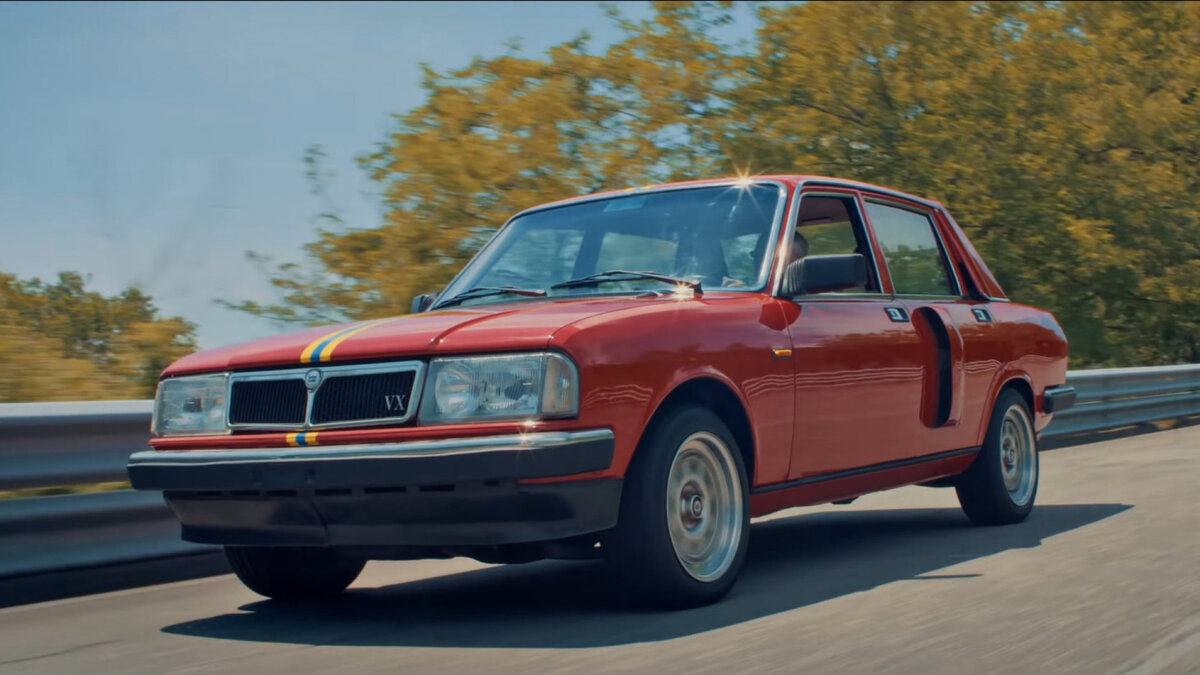

In the early 1980s, as the all-wheel-drive Audi Quattro burst onto the World Rally Championship scene, Lancia realized that their rear-wheel-drive 037 Rally would soon be outclassed. A replacement was needed — ideally, a mid-engined car with four driven wheels. Thus, in 1983, the Lancia Delta S4 project began.

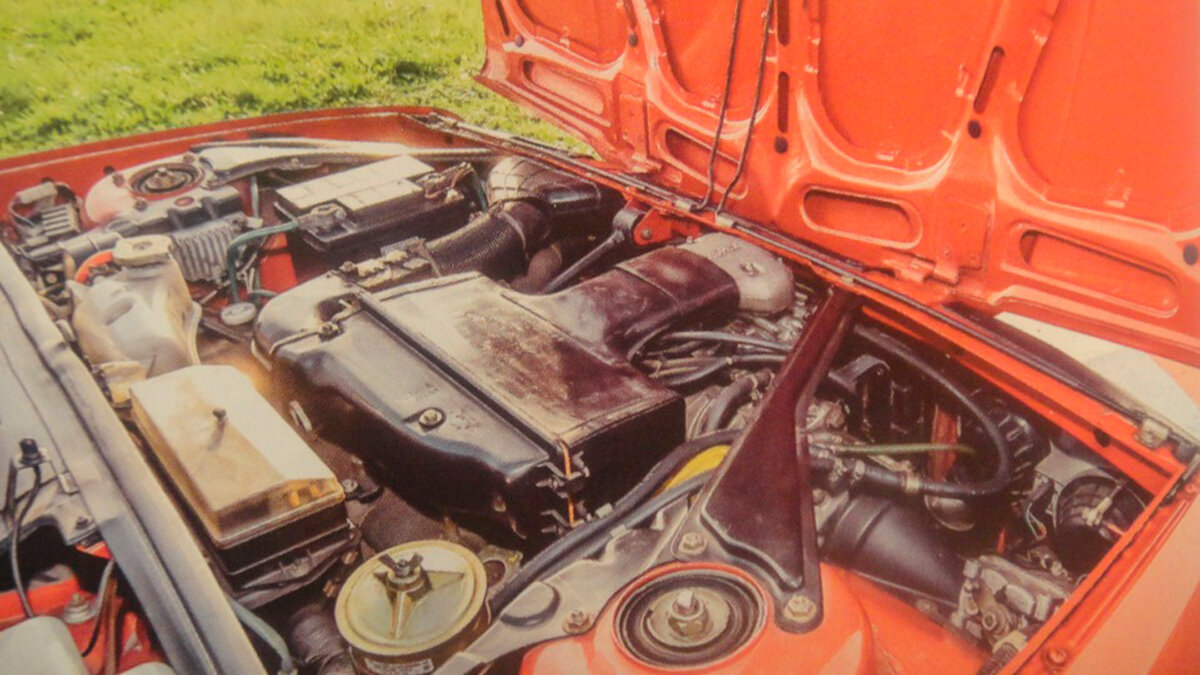
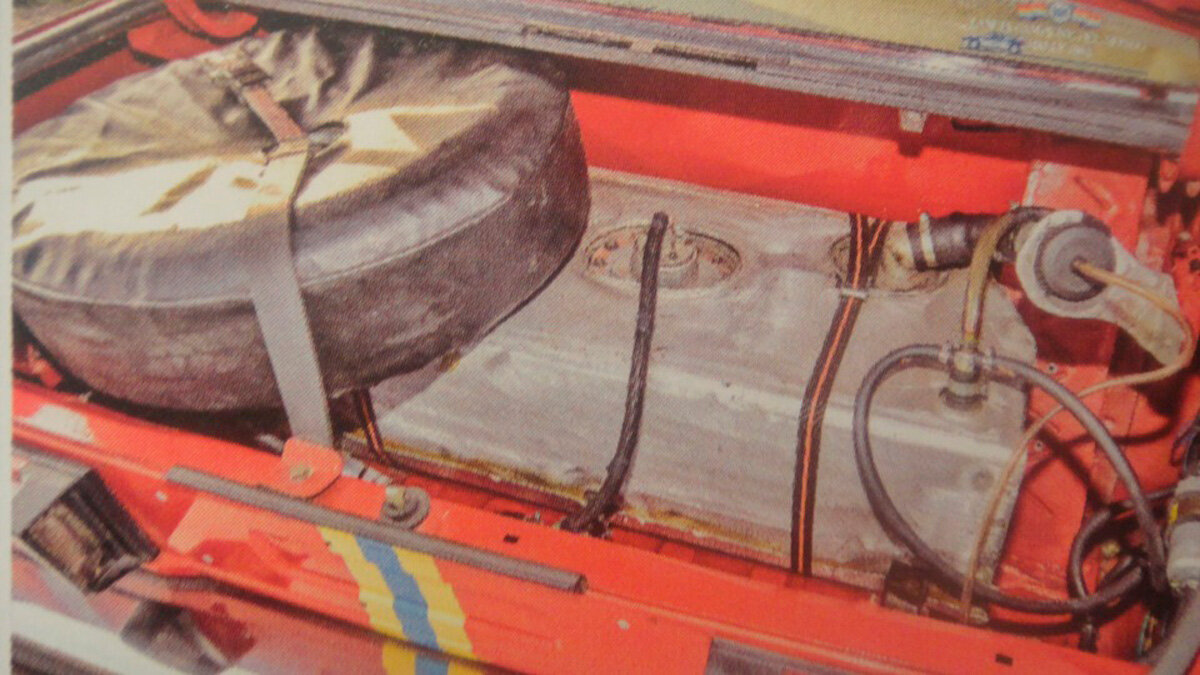
But before designing an all-wheel-drive mid-engine Delta, Lancia needed to understand how such a drivetrain would behave in a lightweight road car. So, they built a rolling lab: the Lancia Trevi Volumex VX Bimotore. It achieved four-wheel drive via two separate powertrains. Factory driver Giorgio Pianta led the project. He installed a second 2.0-liter inline-four engine on a custom rear subframe, effectively giving the car four liters of displacement and 300 total horsepower (150 from each engine).
This prototype was notable not only for its sealed rear doors with air intakes but also for one of the earliest “drive-by-wire” throttle systems. It improved the rear engine’s response to throttle input, helping reduce the car’s tendency toward oversteer — an important consideration in a twin-engine setup.
Given how successful the Delta S4 turned out to be, the lessons learned from the Trevi Bimotore clearly paid off.
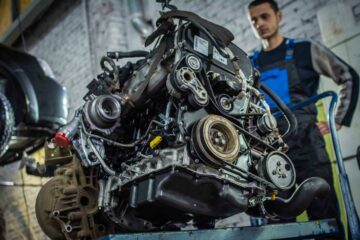
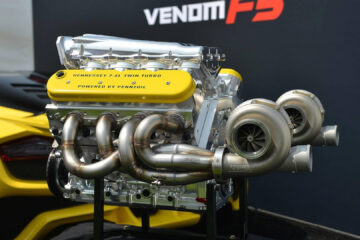
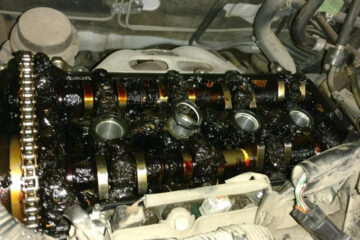
0 Comments